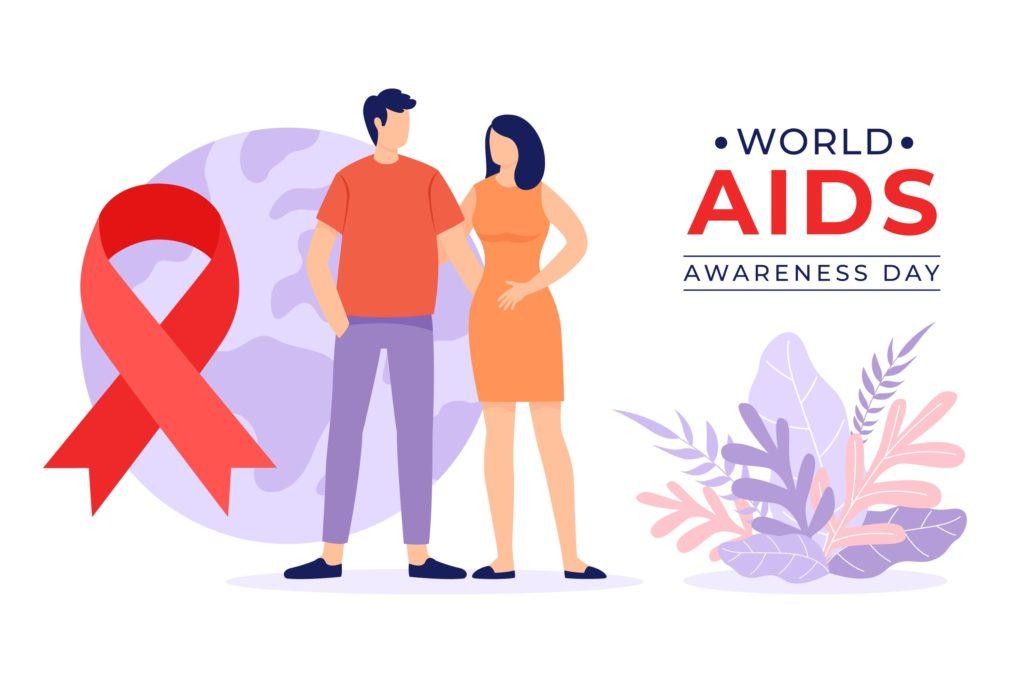
HIV And AIDS- How Close Is The Cure?
HIV And AIDS- How Close Is The Cure?
Every year, on December 1st, the world commemorates a very important day. It marks World AIDS day, to show solidarity with the people who’ve lost their lives and to those who are still battling AIDS. AIDS, one of the deadliest diseases known to mankind, had its first case reported in 1959 in Congo, Africa. Since then, it has continued to be one of the longest staying epidemics, causing more than 40.1 million deaths in the world.
HIV, short for Human Immunodeficiency Virus, is a form of retrovirus, which is thought to have been transmitted from chimpanzees to humans in the 19th century. The version of virus which was initially present in the chimpanzee was named the Simian Immunodeficiency Virus and it is thought to have been passed to humans after they hunted for the meat of those infected monkeys. After that, it has been passed onto humans who reside all over the world, thus causing the epidemic.
HIV comes under the category of non- communicable diseases, mostly transmitted through blood or by exchange of body fluids. It is also transmitted by sexual contact, or in non-sexual ways due to transfusion of infected blood, during pregnancy or during childbirth. HIV is known to initially possess flu-like symptoms, but as the time goes, it worsens into the complete degeneration of the immune system.
The term HIV/ AIDS are used interchangeably and are sometimes even misinterpreted. HIV (Human Immunodeficiency Virus) is the virus causing the disease and has its own symptoms at its initial stage whereas AIDS (Acquired Immunodeficiency Syndrome) is the final stage of the disease where the immune system is totally damaged, thus causing the body to become vulnerable to a wide variety of infections, even flaring up underlying and dormant infections.
HIV attacks the CD4+ T cells, one of the most important types of white blood cells, central to the immune system of our body. As the disease progresses, it leads to the complete destruction of all the helper T cells, finally leading to the death of the affected individual. It is widespread knowledge that there has been no cure for the disease till today, but the way it has been treated has certainly changed now, with the advent of technology and innovation in the field of medical sciences. HIV patients now have life spans almost close to the unaffected people, using antiretroviral therapy techniques that keep the infection at bay.
The reason for the absence of a cure for the disease is due to the nature of the virus. The virus carries out its replication and production in a place which cannot be reached by the drugs. The antiretroviral therapy focuses on killing new infected cells, but does not destroy the virus from the host cell itself. This treatment can serve as a control for the spread of infected cells, but does not cure the disease itself in the long run.
There is another method by which AIDS is treated nowadays. It is by bone marrow transplant, by which 4 people have been cured of HIV, with the first person from San Francisco completely cured in the year 2007. The latest person to be cured using bone marrow transplant is a 66 year old person from the “City of Hope”, who was cured in July 2022. Even though this treatment is found to be quite effective among all the possible ones, this treatment can be availed only by people who have both AIDS and Cancer. As the AIDS disease weakens the immune system, there are high chances of a person acquiring cancer also, in the set of infections that attack the body.
This treatment is a very risky one as it can seriously harm a person’s existing health conditions also. In this treatment, the immunity cells of a person are completely destroyed, thus removing traces of the existing virus and replacing them with an AIDS resistant gene. There are some people who have an autoimmune gene response to AIDS, which means that they cannot be affected by the virus. So, the cells called CCR5 containing this gene are now kept in place of the immunity cells, thus establishing a whole new immunity system without the presence of the HIV virus. Not only these two treatments, many others are still under the testing and review phase, waiting to be implemented.
So, how can we be careful from the attack of viruses? The answer for this is quite simple. Just like how our forefathers told, “Prevention is always better than cure”, it is up to us to raise awareness about HIV among the masses, break the taboo surrounding AIDS patients and help the vulnerable people of our society. With the way technology is progressing, there is a huge chance that a complete cure for the HIV disease will soon be found in the near future.